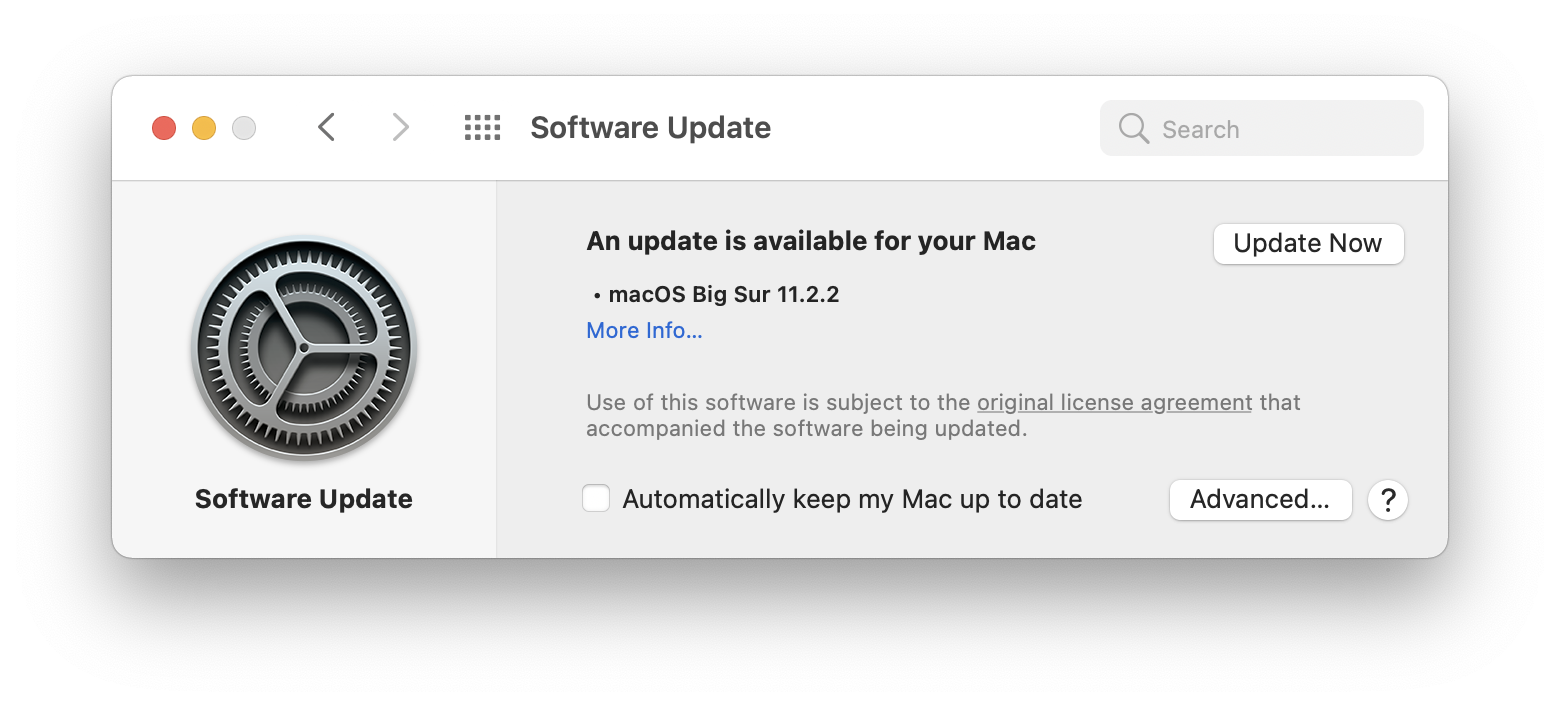


For example, the Windows 10 Enterprise Long Term Servicing Channel (LTSC) has a longer servicing lifecycle than Windows 10 Home edition. With regard to the graph above, you'll see that there are points where the size goes down briefly due to a specific edition of Windows going out of service.
#UPDATE IS READY TO INSTALL VIRUS UPDATE#
The resulting LCU in example #2 will be larger than the LCU in example #1 because it contains components A, B, and C.ĭuring an OS release, the size of the update grows quickly and then slowly levels out as fewer and fewer un-serviced components get added to the LCU. In the image below, you can see two examples, each with three changes. However, servicing the same component again does not significantly increase the size of the LCU. As new components are serviced, the size of the latest cumulative update (LCU) grows. A cumulative update contains all components that have been serviced since release to manufacturing (RTM) for a given version of Windows. Windows quality updates use Component-Based Servicing (CBS) to install updates. The longer an operating system (OS) is in service, the larger the update and associated metadata grow, impacting installation time, disk space usage, and memory usage. With the new ability to deploy Windows SSUs and LCUs together with one cumulative update, I wanted to offer some background on how cumulative updates grow and the best practices you can employ to improve the update experience.


 0 kommentar(er)
0 kommentar(er)
